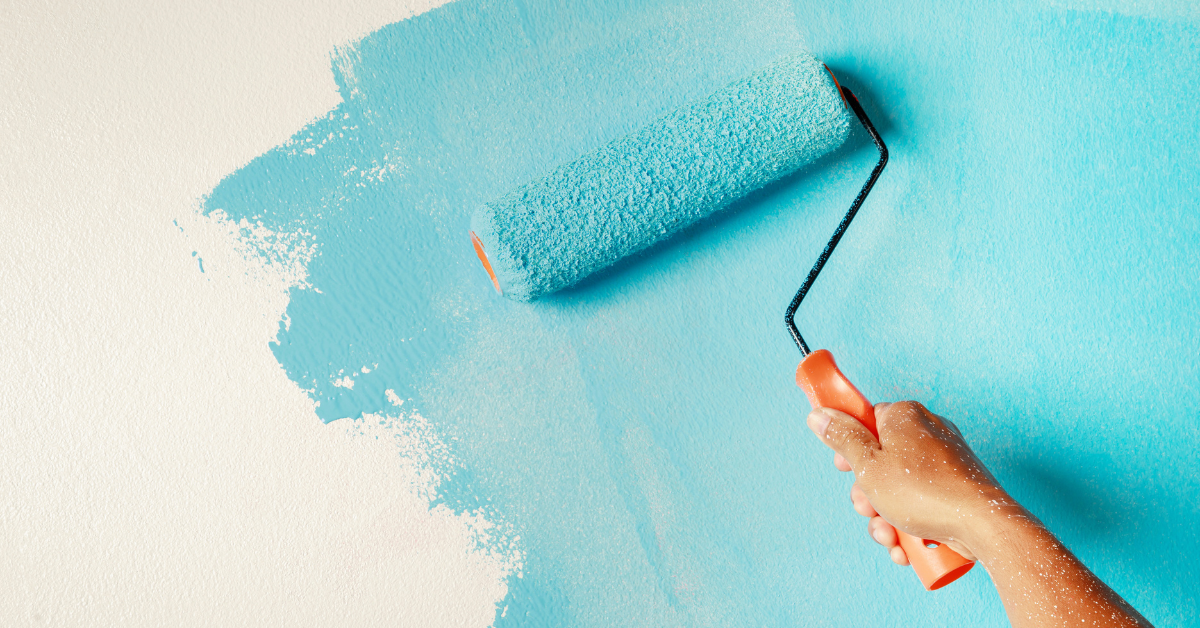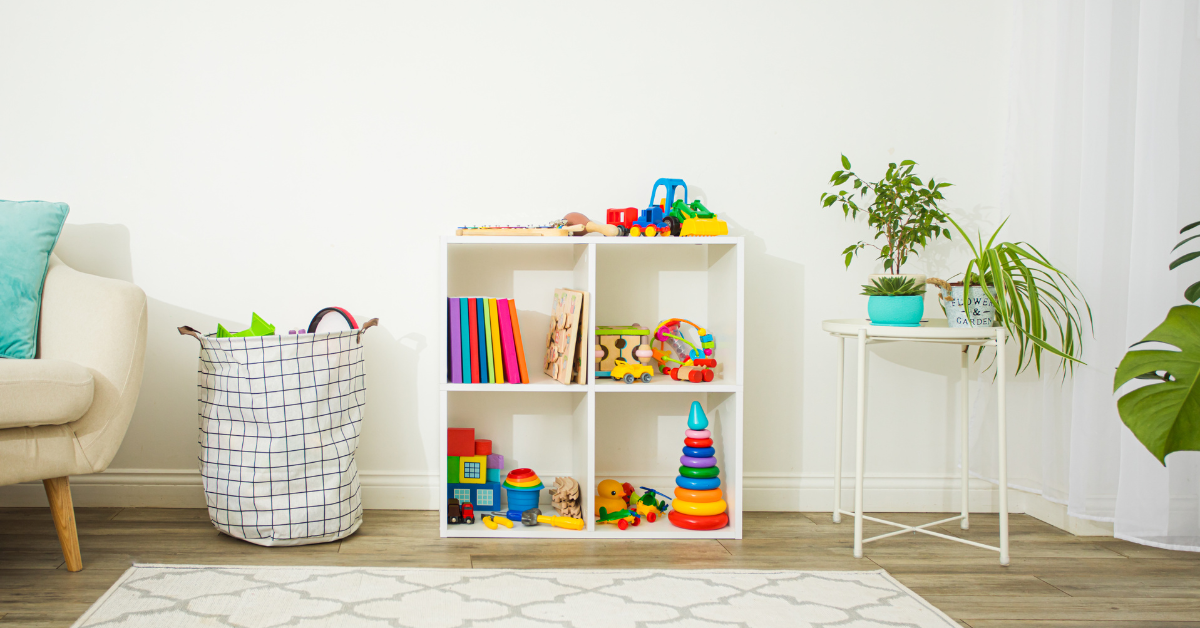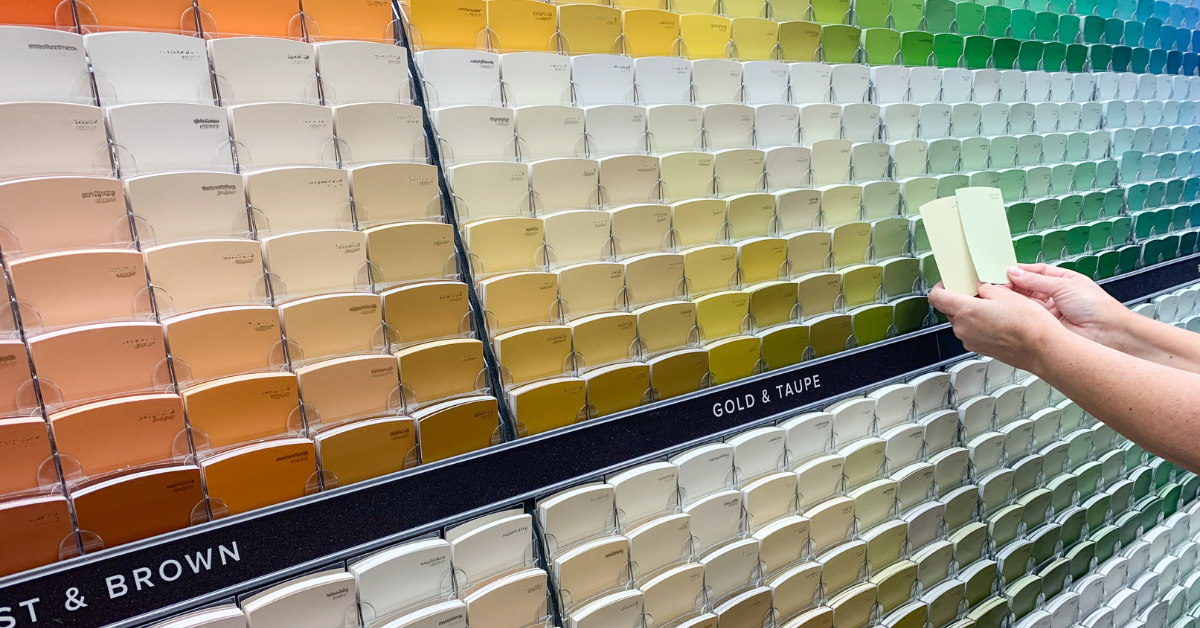Updating a room with a fresh coat of paint can bring new life to your home, but conventional paints often contain harmful chemicals known as volatile organic compounds (VOCs). These chemicals can release toxins into the air, affecting indoor air quality and causing health concerns. Eco-friendly paint alternatives, however, offer a safer option, allowing you to create a beautiful home without compromising on health or sustainability.
This article explores eco-friendly paint choices, their benefits, and tips on selecting the right non-toxic paint for your next project.
Why Choose Eco-Friendly Paint?
Understanding VOCs and Their Impact on Health
Volatile organic compounds (VOCs) are chemicals found in many household products, including conventional paints. When these chemicals are released into the air, they can cause symptoms like headaches, dizziness, and respiratory issues, particularly in enclosed spaces with poor ventilation. Long-term exposure to VOCs is linked to more severe health risks, including respiratory diseases and certain cancers.
Eco-friendly paints are designed to have low or zero VOCs, making them a healthier choice for both the environment and your family.
For sustainable options that are better for your health and the environment, take a look at this list of Eco-Friendly Paintsfor Your Home from The Good Trade. These paints are made with non-toxic ingredients, making them an excellent choice for an eco-conscious home makeover.

Environmental Benefits of Eco-Friendly Paint
In addition to being safer for indoor air quality, eco-friendly paints reduce environmental pollution. VOCs released from conventional paints contribute to smog formation and air pollution. Non-toxic paints, made from natural or plant-based ingredients, minimize this impact, helping to create cleaner, safer environments.
Choosing eco-friendly paint supports sustainable practices and helps reduce harmful emissions, making it a responsible choice for environmentally conscious homeowners.
Durability and Quality
Eco-friendly paints have improved significantly in terms of quality and durability. Many sustainable paints offer excellent coverage, vibrant colors, and resistance to fading and staining. Thanks to advancements in eco-friendly formulations, these paints are now comparable to conventional paints, providing a lasting finish without the toxic chemicals.
With a wide range of colors and finishes, eco-friendly paints allow you to achieve your desired aesthetic while keeping your home safe.
Types of Eco-Friendly Paints
Low-VOC and Zero-VOC Paints
Low-VOC and zero-VOC paints are formulated to release minimal toxins. While most conventional paints have VOC levels exceeding 250 grams per liter, low-VOC paints reduce this amount, usually under 50 grams per liter. Zero-VOC paints contain less than 5 grams of VOCs per liter, offering an even safer option for indoor use.
These paints are widely available and come in various colors and finishes, making them an accessible and eco-friendly choice for any room.

Natural Paints
Natural paints are made from ingredients like clay, chalk, casein (milk protein), and essential oils. These paints are completely free of synthetic chemicals and VOCs, providing a non-toxic option that’s safe for both the environment and indoor air quality. Natural paints have a matte finish and earthy tones, adding a unique, rustic charm to your home.
While they may require a bit more maintenance, natural paints are a popular choice for those seeking a truly sustainable option.
Plant-Based and Water-Based Paints
Plant-based paints use natural oils and resins, like soybean or linseed oil, as binding agents. Water-based paints, on the other hand, use water as the primary solvent instead of harmful chemicals, making them safer and easier to clean up. Both options reduce VOC emissions and are highly durable, with finishes ranging from matte to semi-gloss.
Plant-based and water-based paints offer vibrant colors and strong adhesion, making them versatile choices for eco-friendly home projects.
To learn more about healthier paint options, read this comparison of Low-VOC vs. No-VOC Paint from Healthier Homes. This guide explains the differences between the two types of paint and how they can impact indoor air quality, helping you make informed, eco-friendly choices for your home.
How to Choose the Right Eco-Friendly Paint
Look for Certifications
When shopping for eco-friendly paint, look for certifications like GreenGuard, Green Seal, or LEED, which verify that the paint meets specific environmental and health standards. These certifications ensure that the paint has low VOCs, safe ingredients, and a reduced environmental impact.
Choosing certified paints helps you make a more informed decision and ensures the quality and safety of your purchase.
Consider Room Type and Use
The type of room you’re painting may influence your choice of eco-friendly paint. For high-traffic areas, such as kitchens and bathrooms, consider durable, washable low-VOC paints that can withstand moisture and frequent cleaning. For bedrooms and living areas, zero-VOC or natural paints provide a comfortable, non-toxic environment with minimal odor.
Assessing the needs of each room will help you select the most appropriate eco-friendly paint for long-lasting results.
Color and Finish Options
Eco-friendly paints are available in a wide range of colors and finishes. Matte finishes work well in living rooms and bedrooms, while semi-gloss or gloss finishes are ideal for trim and doors due to their durability. Many eco-friendly brands offer color-matching services, allowing you to choose vibrant shades that suit your decor without compromising on sustainability.
With diverse options, eco-friendly paints make it easy to achieve your design vision while staying environmentally conscious.

Top Brands for Eco-Friendly Paint
1. ECOS Paints
ECOS Paints is a well-known brand offering zero-VOC paints made from sustainable materials. Their products are free from harsh chemicals, providing a safe, eco-friendly option that’s available in a wide variety of colors and finishes. ECOS Paints are known for their durability and smooth application, making them a popular choice for green home projects.
2. Benjamin Moore Natura
Benjamin Moore’s Natura line is certified asthma and allergy-friendly, with zero VOCs and a virtually odorless formula. This paint is perfect for sensitive spaces like bedrooms and nurseries, offering a safe and high-quality finish without compromising indoor air quality. The Natura line is available in an array of colors, allowing for customization with peace of mind.
3. Clare Paint
Clare Paint is a direct-to-consumer brand offering zero-VOC paints with a user-friendly online color selection tool. Clare Paints are made with sustainable practices and contain no harmful chemicals, offering a safe, eco-conscious choice. Their paints provide excellent coverage and come in a curated selection of designer-inspired colors.
DIY Tips for Using Eco-Friendly Paint
Prepare the Room Properly
Proper preparation is essential for achieving a smooth, long-lasting paint job. Clean walls thoroughly and fill any cracks or holes with eco-friendly filler. Sand the surface lightly to ensure the paint adheres well, especially if switching from oil-based to water-based paint.
Using eco-friendly prep materials, such as biodegradable drop cloths, helps maintain a green approach from start to finish.
For an eco-friendly paint option that’s perfect for DIY projects, consider this chalk-style all-in-one paint available on Amazon. It offers a durable finish with minimal environmental impact, making it ideal for sustainable home decor.
Ventilate the Area
While eco-friendly paints have low or zero VOCs, good ventilation is always beneficial. Open windows and doors to allow fresh air circulation, which helps the paint dry faster and prevents any lingering odors. Even with non-toxic paints, a well-ventilated area ensures a comfortable painting experience.
Use Sustainable Painting Tools
Opt for painting tools made from recycled or biodegradable materials. Look for brushes and rollers with bamboo handles or compostable drop cloths. Reusable tools not only minimize waste but also support sustainable practices during your painting project.
With eco-friendly tools, you can complete your project sustainably from start to finish.
For guidance on selecting the perfect hue for your space, explore our article on Choosing the Right Paint Color. This guide covers tips and insights to help you create a balanced, inviting atmosphere that complements your decor style.
Eco-friendly paint options make it easy to refresh your home with vibrant colors while prioritizing health and sustainability. By choosing low-VOC, zero-VOC, or natural paints, you can create a beautiful environment without exposing your household to harmful chemicals. With a wide selection of eco-conscious brands and colors available, sustainable paint options allow you to bring your design vision to life in a way that’s safe for both your family and the planet.
Next time you’re planning a home project, consider eco-friendly paints for a healthier, greener approach to home decor.
Stay ahead of the curve by checking out our article on Top Interior Design Trends for 2024. Discover the latest styles, colors, and design elements that will define the upcoming year and inspire your next home makeover.























